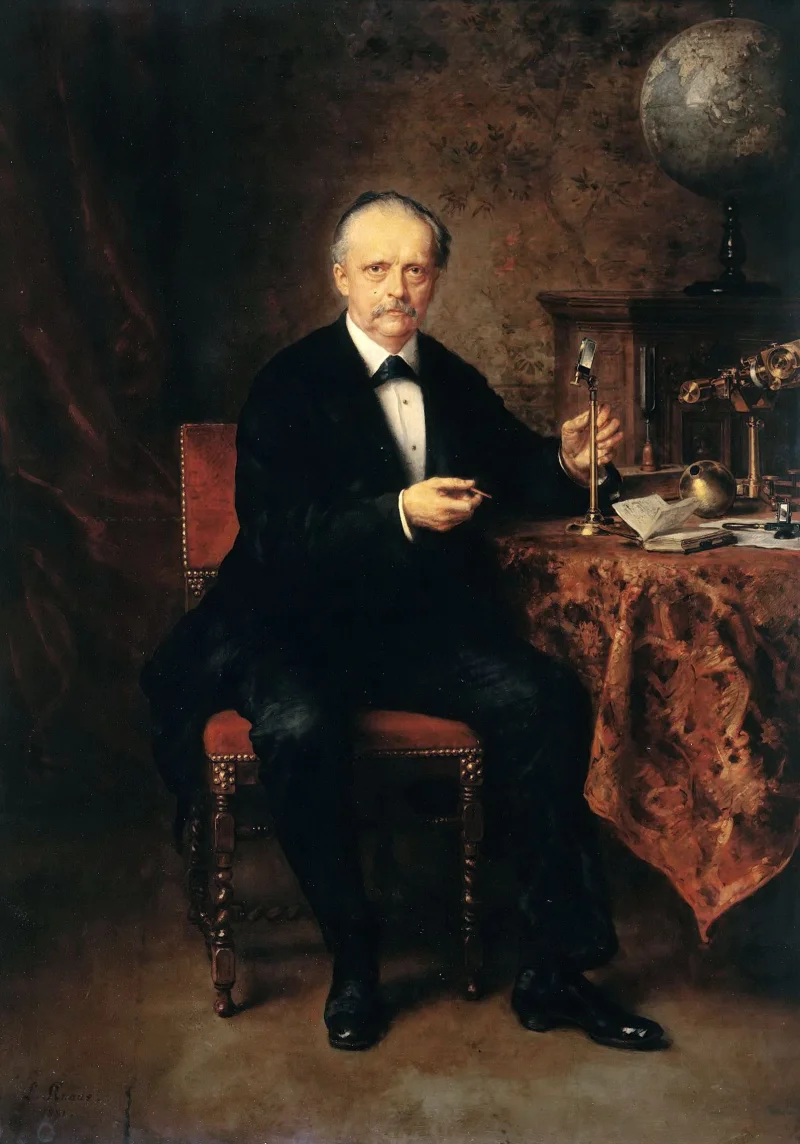Short Summary
Robert Brown was a pioneering Scottish botanist and paleobotanist, renowned for his groundbreaking work in plant taxonomy and contributions to the understanding of plant cell biology. He is most famous for his discovery of the Brownian motion, a fundamental phenomenon in physics that describes the random movement of particles suspended in a fluid. Brown's meticulous studies and observations significantly advanced the field of botany and laid foundational principles for future scientific research.
Early Life & Education
Born on December 21, 1773, in Montrose, Scotland, Robert Brown was the son of a Scottish clergyman. His early life was marked by a robust academic curiosity, which was nurtured by his family and private tutors. Brown pursued his initial education at the University of Edinburgh, where he studied medicine. It was during this period that he developed a keen interest in natural history, particularly botany, influenced by the lectures he attended and the rich natural environment of Scotland. This early education set the groundwork for his subsequent achievements in the scientific world.
Career Highlights
Robert Brown's career took a significant turn when he joined an expedition to Australia in 1801, sponsored by Sir Joseph Banks. During this expedition, he collected over 3,000 plant species, many of which were previously unknown. In 1810, he published "Prodromus Florae Novae Hollandiae et Insulae Van-Diemen," a comprehensive account of Australian flora. Brown's work at the British Museum as the Keeper of the Botanical Department further solidified his status as a leading botanist. His meticulous research techniques and detailed observations became a standard for scientific inquiry in botany.
Major Achievements
- Discovery of Brownian motion: Observed the random movement of pollen grains in water, which later became a cornerstone in the study of physics.
- Publication of "Prodromus Florae Novae Hollandiae": Documented the flora of Australia, contributing significantly to botanical science.
- Introduction of the nucleus concept: Identified the cell nucleus, enhancing the understanding of cell biology.
Famous Quotes
- "The more we study nature, the more we are amazed at the simplicity and complexity of its processes."
- "In the great chain of causes and effects, the invisible links are often the strongest."
Interesting Facts
- Brown was initially educated to become a physician but shifted his focus entirely to botany.
- The phenomenon of Brownian motion was not explained until Albert Einstein's work in 1905.
- He never married, dedicating his life solely to scientific research.
Legacy / Influence
Robert Brown's legacy in the field of botany and science at large is profound. His discovery of the Brownian motion laid the groundwork for future studies in both physics and chemistry. His meticulous approach to botanical classification and his introduction of the concept of the cell nucleus have influenced generations of scientists. Brown's work continues to be a cornerstone in the study and understanding of plant biology.
FAQ
Q: Why is Robert Brown famous?
A: He is famous for discovering Brownian motion and significant contributions to botanical science.
Q: What did Robert Brown discover in cell biology?
A: He discovered the cell nucleus, enhancing the understanding of cellular structure.
Q: What was Robert Brown's role in the British Museum?
A: He served as the Keeper of the Botanical Department, contributing to the museum's botanical collections.










